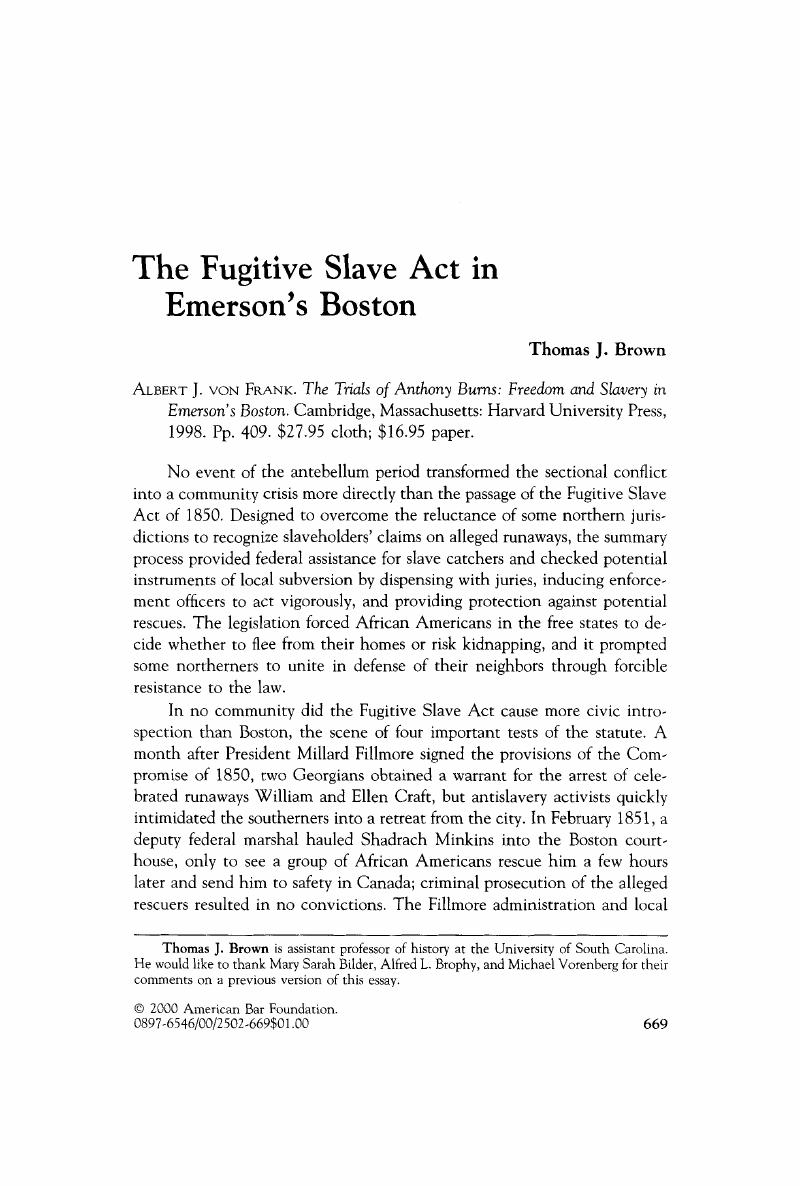Phillips, Wendell. [
1855]
1988.
Argument of Wendell Phillips, Esq. before the Committee on Federal Relations, of the Massachusetts Legislature, in Support of the Petitions for the Removal of Edward Greely Loring from the Office of Judge of Probate, February 20, 1855
.
In Finkelman
1988,
3:
1–
43. [
1863] 1892a. Public Opinion.
Speeches, Lectures, and Letters. Boston: Lee and Shepard. [
1863] 1982b. Surrender of Sims.
Speeches, Lectures, and Letters. Boston: Lee and Shepard.
Google Scholar 